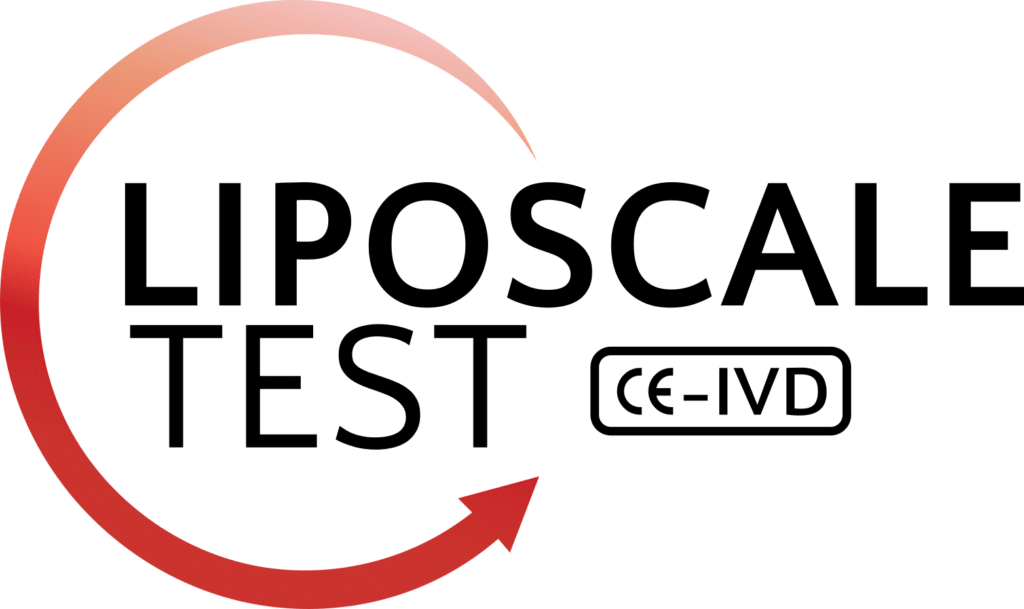Abstract
Background: Triglyceride-rich lipoproteins (TRLs) can have an important role in atherosclerosis development due to their size and ability to penetrate the endothelium. While high plasma triglyceride (TG) levels and chronic inflammation are relevant in metabolic diseases, it remains unclear whether TGs are atherogenic or which TRL-TG-derived metabolites are responsible for inflammation. Here, we aimed to study the lipidome modifications of TRL particles enriched in TG in patients with hyperlipidemia and their associations with a proinflammatory status both in vivo and in vitro.
Methods: Using proton nuclear magnetic resonance (1H-NMR), we analysed the plasma levels of glycoprotein acetyls and the TRL lipidomic profile of 307 patients with dyslipidemia. THP-1-derived macrophages were used as an in vitro model to explore the molecular inflammatory effects mediated by TRL.
Results: In vivo, higher TRL-TG levels were associated with higher circulating levels of NMR-measured glycoproteins (Glyc-A, Glyc-B and Glyc-F; p < .001). Lipidomic analysis showed that TRL-TG enrichment led to decreased cholesterol and phospholipid content (p < .01), an increase in omega-9, and a decrease in saturated fatty acids (p < .001). THP-1 macrophages exposed to increasing TRL particle concentrations augmented the secretion of IL-1β and TNF-α, which varied based on particle composition. Particles with higher cholesterol and phospholipid contents exerted higher cytokine secretion. The activation of MAPK, Akt/NFκB, and caspase-1 was concurrent with this proinflammatory response.
Conclusion: High TRL-TG levels are associated with a higher systemic inflammatory status and increased particle concentrations. In vitro, higher particle numbers increase proinflammatory cytokine secretion, with cholesterol and phospholipid-rich TRL being more proinflammatory.


